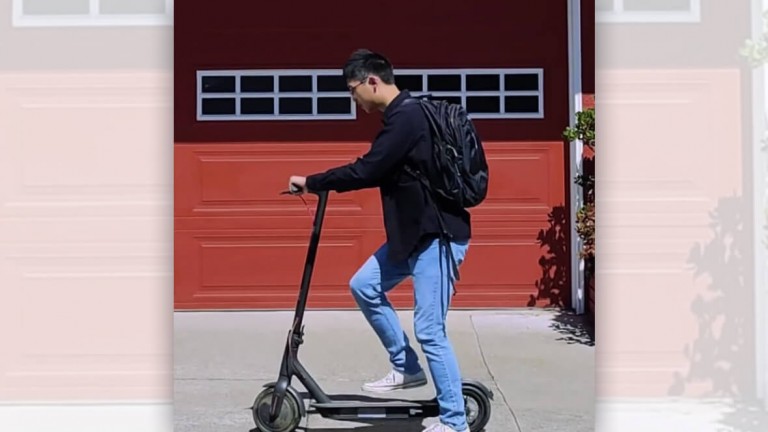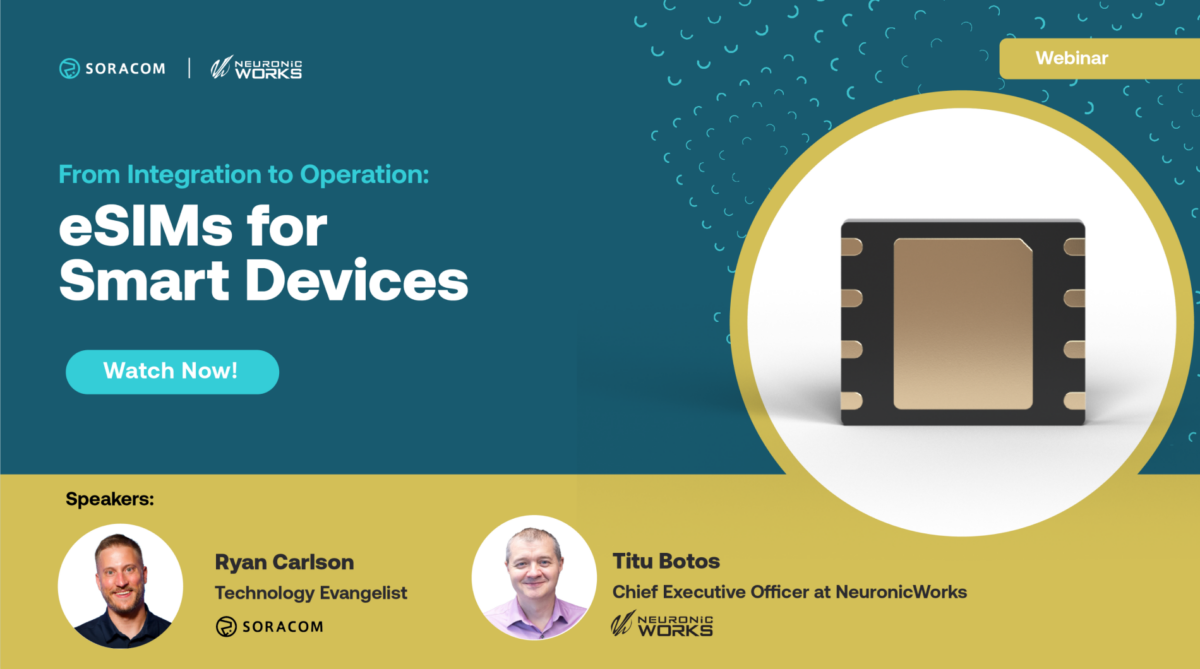How Hard is it to Build an IoT Electric Scooter Fleet like Bird or Lime?

Living here in the Bay Area working and commuting along 101 from Downtown San Jose to San Francisco, I’ve had a first-hand look at the growth and popularity of electric scooters over the past year and a half. And as companies like Bird and Lime have become popular topics in the media about unicorns, ride-sharing, and the gig-economy, I began to research their business models – how they make money, how profitable they might be, and the underlying technology of their electric scooters.
A quick Google search will reveal that the scooters used by Lime and Bird are from the Chinese company Xiaomi. These scooters provide a Bluetooth connection making it easy to extract parameters like battery data and the ability to lock the scooter. These scooters then have computer boards (ie., Raspberry Pi) and use a SIM card for cellular connectivity – how the scooter connects to the internet and communicates its location, distance traveled, battery life, etc.
Here at Soracom, we offer much more than just a SIM and connectivity. We’ve invested a lot in our products and services. We’ve saved customers (often on just one project) hundreds of thousands of dollars and shaved months in development time through our management console and advanced products and services. In a nutshell, our readily available, pre-built products just might save you from hiring a solution provider or from spending a year writing your own device management software – or at least some of it, especially if your console is hosted in the cloud.
And so I really wanted to put our software to the test. Start from scratch. See what we could build with our software, console, and SIM connectivity.
Recently we ran a Cellular IoT Connectivity contest on Hackster.io, and through that competition met two college engineering students – Devin and Aaron – who won one of our prizes. They are bright, creative, entrepreneurial, and have a great sense of humor. When I talked to them about their prize for the contest, they mentioned their previous work with drones and their interest in electric scooters.
And so here we are today – Devin and Aaron are building an electric scooter prototype (the basis for a scooter company) using Soracom connectivity and products.
Here is the first of several blog posts over on Hacker Noon detailing their journey to connecting the Xiaomi scooter to the cloud to see what it takes to build an electric scooter company.
Here are the main components of their project:
- Xiaomi Mijia M365 Electric Scooter
- SORACOM Cellular IoT Starter Kit – Raspberry Pi, Soracom SIM, Huawei Dongle
- GPS module
- Soracom Management Console and advanced products
I think hipsters, coders, makers, and even non-techie folks will enjoy this series of posts immensely.
In less than 40 minutes (a lot of that time was spent downloading packages to the Raspberry Pi), Aaron and Devin connected the Raspberry Pi to the Xiaomi scooter through the Bluetooth connection, connected the GPS device to the Raspberry Pi, then connected the Raspberry Pi to the cloud through our SIM with a Huawei dongle. And through the GPS sensor they could see the location of the scooter. Sweetness.
Here’s my list of top 5 reasons you’ll enjoy learning how to build an electric scooter company from Devin and Aaron:
- It’s highly informative and entertaining – Devin and Aaron do a great job detailing every step of their progress, so anyone wanting to re-create their project should be easily able to do so. To make it easier to understand, they also included a great video, code, graphics, diagrams, and instructions.
- You’ll learn about smart, connected devices of ride-sharing unicorns – cellular connectivity, AWS, remote device management, data collection, visualization, analytics, and troubleshooting.
- You’ll understand electric scooter technology which may provide a ton of insight on how to rapidly prototype and get a new connected-product to market very quickly and be able to scale to thousands or even millions of devices.
- You’ll gain insight into a new IoT or M2M cloud-based product development process that greatly simplifies the traditional approach – in this first article, they do all the work in under 40 minutes.
- You’ll laugh and smile – how often do you say that about reading a technical article?!?!
Check out their great work on Hacker Noon, and stay tuned for more great content as they continue to build their own unicorn scooter company.





